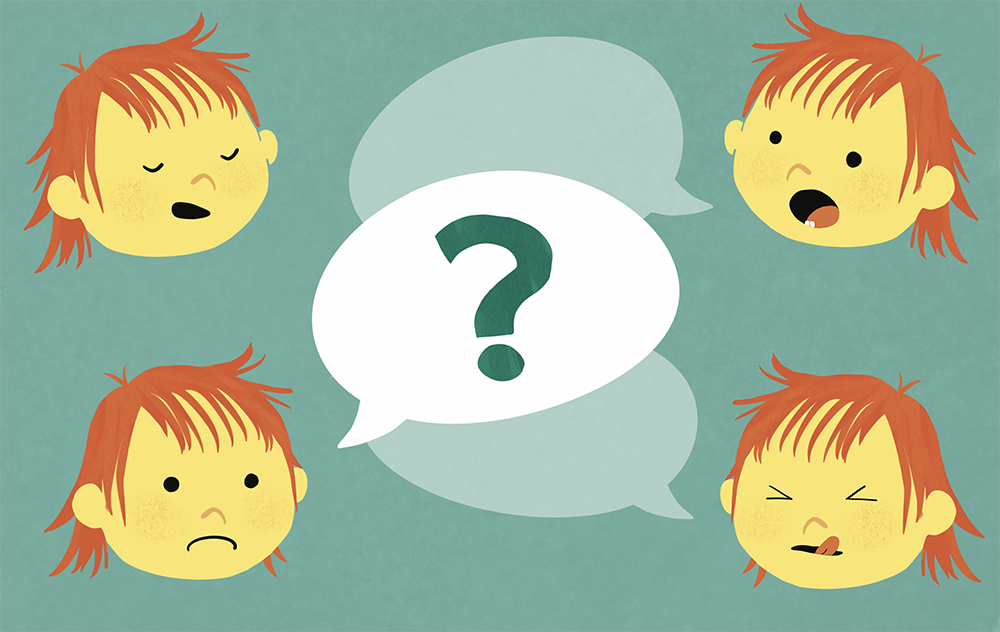Aside from learning the meaning of words (see here), toddlers also have to learn how to produce and pronounce these words. Given that speaking requires coordination of many tiny muscles in the mouth and tongue, this is not an easy task! Children start the ‘training’ of these tiny muscles early on: first, by making cooing sounds around two months old, like ‘ooh’, and ‘aah’, to then slowly making babbling sounds around six to eight months of life.
So while my daughter learned that real and toy busses can both have the same label ‘bus’, the actual production of the word ‘bus’ was difficult for her. Bus was ‘bah’ for my toddler, but so was boat, much to her frustration when I didn’t immediately understand which of the two she was referring to during our walks.
Just as for grown-ups, who learn their second or third language, the production of new words comes after the comprehension of the words. A key learning strategy, which both adults learning a second language and young toddlers employ, is imitation. Practice makes perfect, and training the mouth and tongue muscles through imitation will help master these difficult sounds. So when my daughter said ‘bah’, I would say the correct word back -bus or boat- and she would repeat this until after much practice she was able to say both ‘bus’ and ‘boat’ correctly.
My daughter, like all toddlers, now seems to follow a bit of a ‘good enough’-approach when it comes to producing new words. She often omits entire syllables at times, even now at around 2.5 years old. Interestingly, I noticed that it is the unstressed syllables that are omitted whilst the stressed ones remain. By pronouncing the stressed syllable (as compared to the unstressed ones), the meaning of the word mostly stays intact. Think of ‘phant’ or ‘nana’ – we are more likely to understand that this means ‘elephant’ and ‘banana’ as compared to hearing ‘ele’ or ‘ba’ (the unstressed syllables). This helps toddlers to be understood regardless of using complete or incomplete words. Such simplification of language sounds is normal, and simplified sounds will gradually make place for more complex sounds around the age of four. To encourage more complete pronunciation and learning, repetition of the correct or complete word animates her to try again.
Language learning is definitely not a small feat, and some children even have to learn two languages at the same time. My daughter grows up bilingually, learning both German and Dutch, and like many parents of bilingual children, I often wonder whether learning two languages adds more difficulty to their language development. What does bilingual language development look like? More on that next time…
Pictures
– header: own production
Writer: Julia Misersky
Editor: Julia Egger
Dutch translation: Elly Koutamanis
German translation: Julia Misersky
Final editing: Merel Wolf

